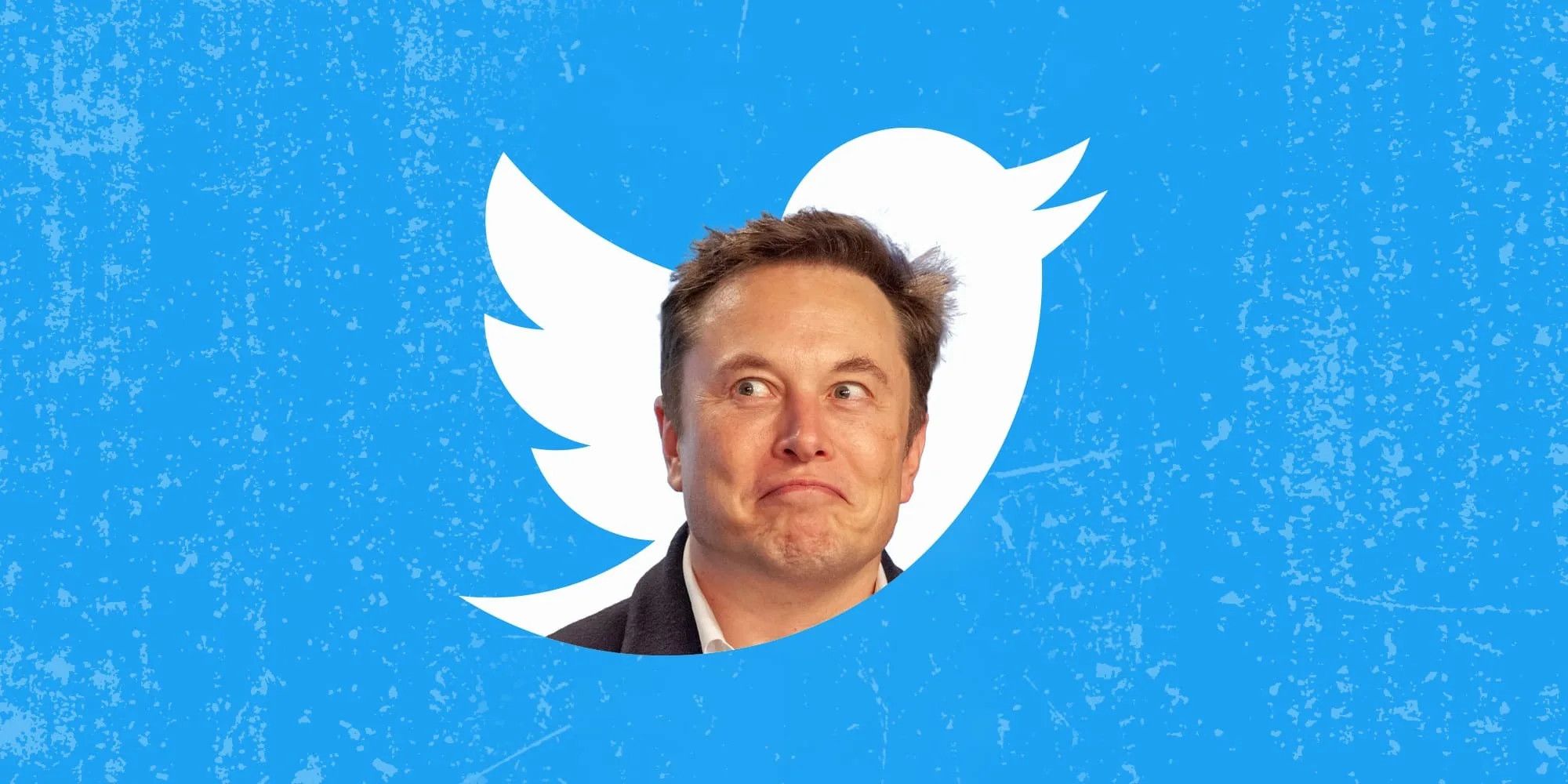Elon Musk Blames It on AI: The Cause Behind New Tweet Reading Restrictions

Elon Musk expressing his perspective on the new changes
Twitter's new restrictions, according to CEO Elon Musk, are necessitated due to the rampant data harvesting by AI firms. As a result, he's instated temporary limits on the quantity of posts that can be read by users.
The new rules limit unverified accounts to viewing just 600 posts per day, and for newly created unverified accounts, the figure stands at a mere 300. Verified accounts, regardless of whether they're a part of Twitter Blue subscription, endorsed through an establishment, or those that Musk had verified himself such as Stephen King, LeBron James, and others with over a million followers, have a cap of 6,000 daily posts.
Musk expressed on Twitter that the restrictions would "soon" be adjusted to allow for 8,000 tweets for verified users, 800 for unverified, and 400 for newly created unverified accounts.
These changes come on the heels of Twitter abruptly denying access to anyone not logged in, a move that Musk claims was necessitated due to the aggressive scraping of Twitter data by numerous organizations, which was hindering the user experience.
These measures are just a few of Musk's strategies to monetize Twitter over the recent months. In March, Twitter introduced a three-tier API change to begin charging for its use, just three months after unveiling the overhauled Twitter Blue pay-for-verification scheme at $8 a month. In addition, Musk appointed Linda Yaccarino as the new CEO. The former NBC Universal ad executive was brought in to mend ties with advertisers that had reduced their spending on Twitter.
Details about Twitter's financials have been scarce since Musk took over, but Yaccarino's appointment highlights the significance of ad revenue for the platform. Restricting access to the site could potentially hinder the visibility of sponsored ad spots, but Musk's singular view of Twitter's future may be overshadowing this aspect.
Musk attributes these changes to firms that are pulling large volumes of data to train their large language models (LLMs), similar to those that power ChatGPT, Microsoft Bing, and Google Bard.
However, he left out mentioning his decision to let go of over half of Twitter's staff since his takeover last autumn, many of whom were instrumental in maintaining its infrastructure. The reckless layoffs led to the rehiring of certain engineers, and there have been repeated warnings that such drastic reductions in staff could jeopardize Twitter's stability.
A substantial outage in March was due to an action by a single engineer. It was reported by Platformer that Twitter's bill to Google Cloud had gone unpaid for several months until recently, reflecting a so-called "Deep Cuts Plan" previously reported by Reuters that aimed to drastically reduce infrastructure spending.
An anonymous Twitter engineer expressed in an interview with MIT Technology Review last November that following the staff cuts, "Frequent breakdowns will become the norm. Issues will take longer to resolve and become more severe... While they may start as minor nuisances, the delay in fixing these issues will cause a pile-up, eventually driving people away." Ben Kreuger, a site reliability engineer, was quoted in the same article saying, "Expect to see significant public-facing technological issues within six months." It's now been seven months.
In Conclusion:
Elon Musk's approach to managing Twitter since his takeover has led to significant changes, including drastic limitations on the amount of content that can be accessed by users daily. Musk attributes these changes to the need to protect Twitter data from aggressive scraping by AI firms for their large language models. However, these decisions also seem to coincide with various monetization attempts, such as the new Twitter Blue pay-for-verification scheme and charging for API use.
The impact of these changes, coupled with massive layoffs, are beginning to surface. The fears expressed by several engineers about the increased frequency and severity of technical glitches following the staff cuts are becoming a reality. This is challenging the stability of Twitter and could potentially affect its user base in the long term. Seven months into these drastic changes, and the future of Twitter under Musk's leadership is under scrutiny.
